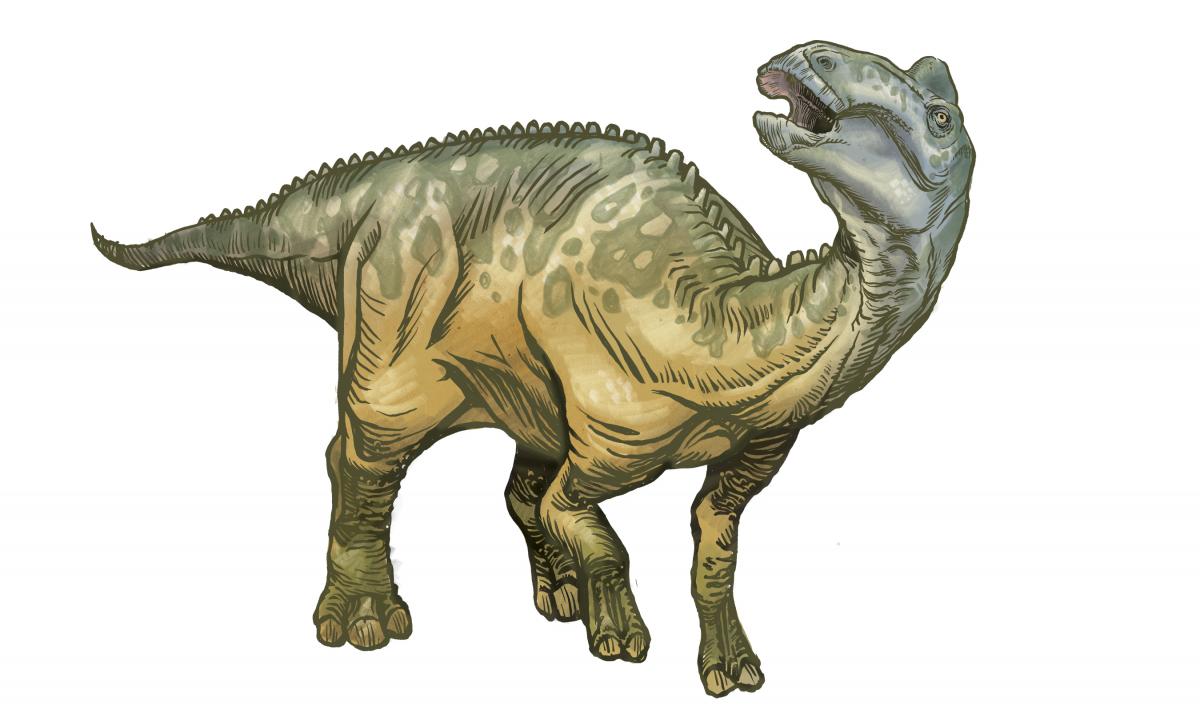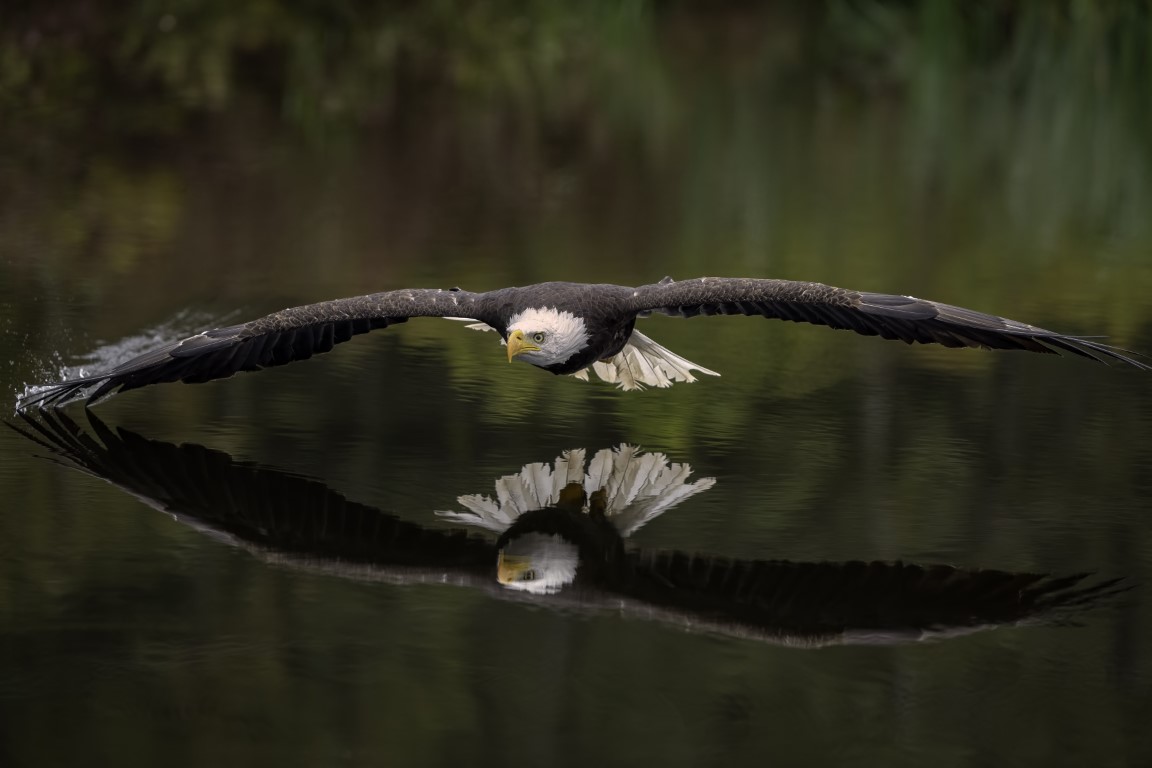WILD WEST WORDS: On the Dog, Dinosaur, Eagle
with Chrysti the Wordsmith
Put On The Dog
 The dog has not always been admired as the embodiment of devotion and fidelity. Wherever the dog is not considered man’s best friend or working partner, this animal is food-robber, livestock-chaser and flea-bearer.
The dog has not always been admired as the embodiment of devotion and fidelity. Wherever the dog is not considered man’s best friend or working partner, this animal is food-robber, livestock-chaser and flea-bearer.
Consider all the English expressions reflecting a more or less negative sentiment toward canis familiaris: dog face, dog breath, sick as a dog, and dog in the manger.
One expression involving our four-legged friends stands in opposition to those above: to put on the dog, meaning “dress in fine and fashionable toggery.”
This popular American English idiom resists scrutiny. No one knows exactly why a dog in this case is associated with fashion, but the expression has been popular with Americans for a century and a half now. The Oxford English Dictionary traces an early citation of the phrase to 1865.
The most reasonable—though admittedly unsupported—explanation for the emergence of this phrase is the notion of a tiny, non-working, mollycoddled dog accompanying its well-heeled owner. One who strolls about in expensive threads toting a pampered canine could be “putting on the dog.”
Dinosaur
It all started with a modest bit of Greek word play by a 19th century English naturalist. What followed was a tsunami of tongue-tangling polysyllables.

Richard Owen, born in Lancaster, England in 1804, was trained as a surgeon and anatomist, but gradually his interests turned from human anatomy to natural history. Victorian scholars of Owen’s day were focusing a scientific eye on the fossilized remains of giant creatures weathering out of England’s quarries and hillsides, and the young surgeon got caught up in the excitement.
Leaving his medical practice to devote himself to paleontology, Owen was appointed superintendent of the natural history departments of the British Museum. Applying his knowledge of anatomy to large fossilized reptiles, Richard Owen was the first to recognize these creatures as different from modern reptiles.
In an 1841 edition of Report of the British Association for the Advancement of Science, Owen proposed a name for the tribe of enormous reptiles that lay fossilized in the ground: Dinosauria. Combining two Greek-language elements dino, meaning “horrible, fearsome,” and sauros, or “lizard,” Owen gave the world a new name for an old creature: the “terrifying lizard.”
Owens’ successors followed his example and applied classic-language names to newly-discovered species of terrifying lizards: triceratops (1890), “three-horned face,” ceratosaurus (1884), “horned lizard” and velociraptor (1924), “speedy robber.” The name of one of Montana’s ancient residents, tyrannosaurus, was coined in 1906 by American paleontologist Henry Fairfield Osborn.
Eagle
 Ask a random Montanan to envision an eagle, and the chances are good that they will picture a bald eagle, our national avian emblem, officially designated by Congress in 1787.
Ask a random Montanan to envision an eagle, and the chances are good that they will picture a bald eagle, our national avian emblem, officially designated by Congress in 1787.
It’s such a familiar bird; we see its stylized images on our coins and paper money, our passports, many federal documents and the official presidential seal. Many of us are lucky enough to see live bald eagles nesting in nearby trees or soaring across our Big Sky.
Despite its name, this eagle has a pate full of feathers, so it’s not naked-head bald. The moniker comes from an earlier linguistic age. When English speakers gave the eagle its common name in the late 1600s, one of the senses of the word bald was “bright, shining, white.” Bald faced, even to this day, refers to horses and cattle with white foreheads.
Swedish naturalist Carl Linnaeus had this notion mind when he assigned the bird its scientific designation in 1766. Haliaeetus leucocephalus is Latin for “white-headed fish eagle.”
The word eagle comes ultimately from the Latin aquila, meaning simply “dark-colored bird.” From this etymological perch arises the adjective aquiline, “like an eagle.” English politician and author Edmund Burke in 1781 described someone with a “penetrating aquiline eye,” and in 1855, poet Alfred Tennyson pictured a woman with “the least little delicate aquiline curve in a sensitive nose.”
In the 11th through the 13th centuries, the Old English term for the bird was erne, and this word survives, remarkably, in the masculine name Arnold, “eagle power,” and the feminine name Arlette, “little eagle.”












Leave a Comment Here